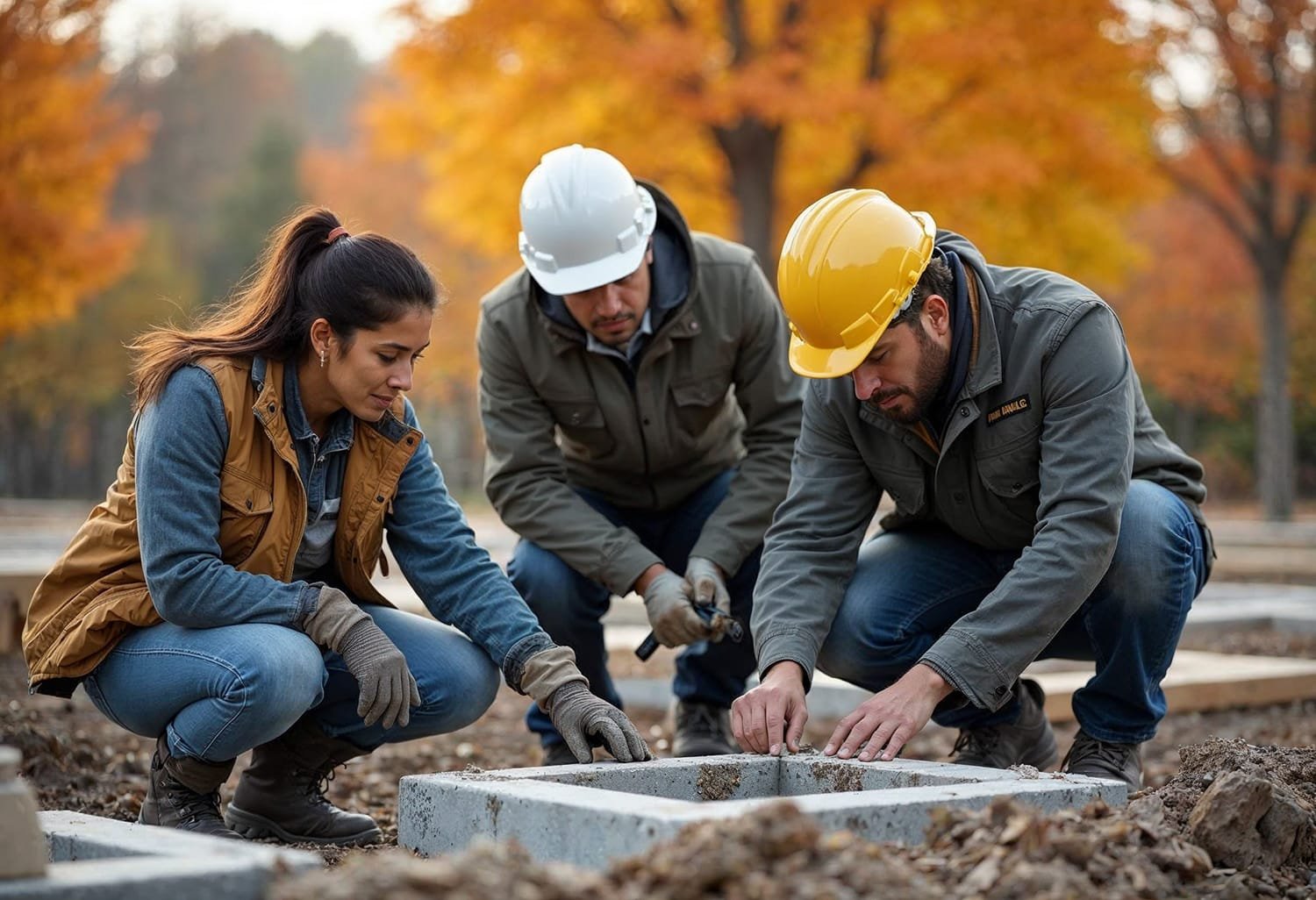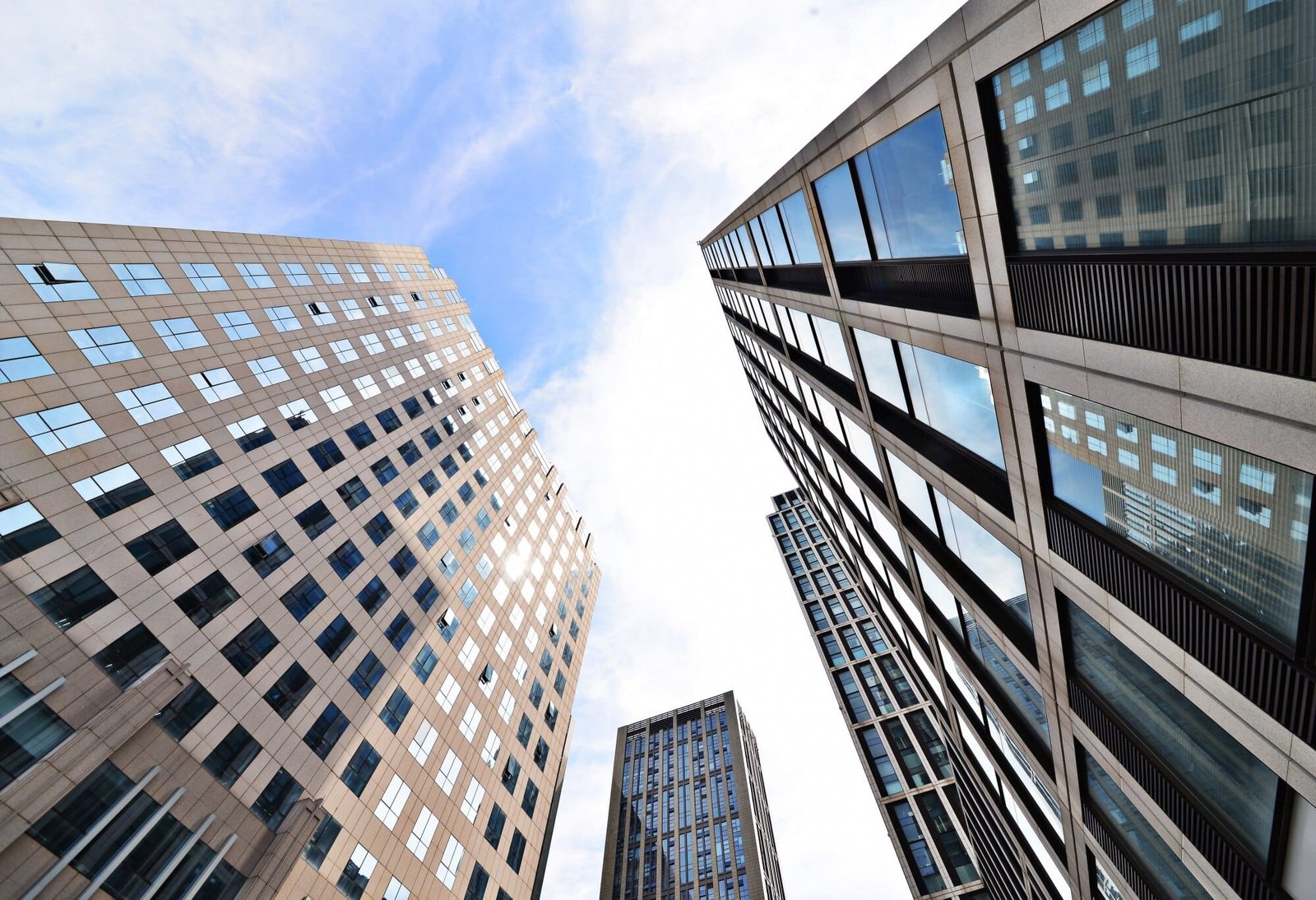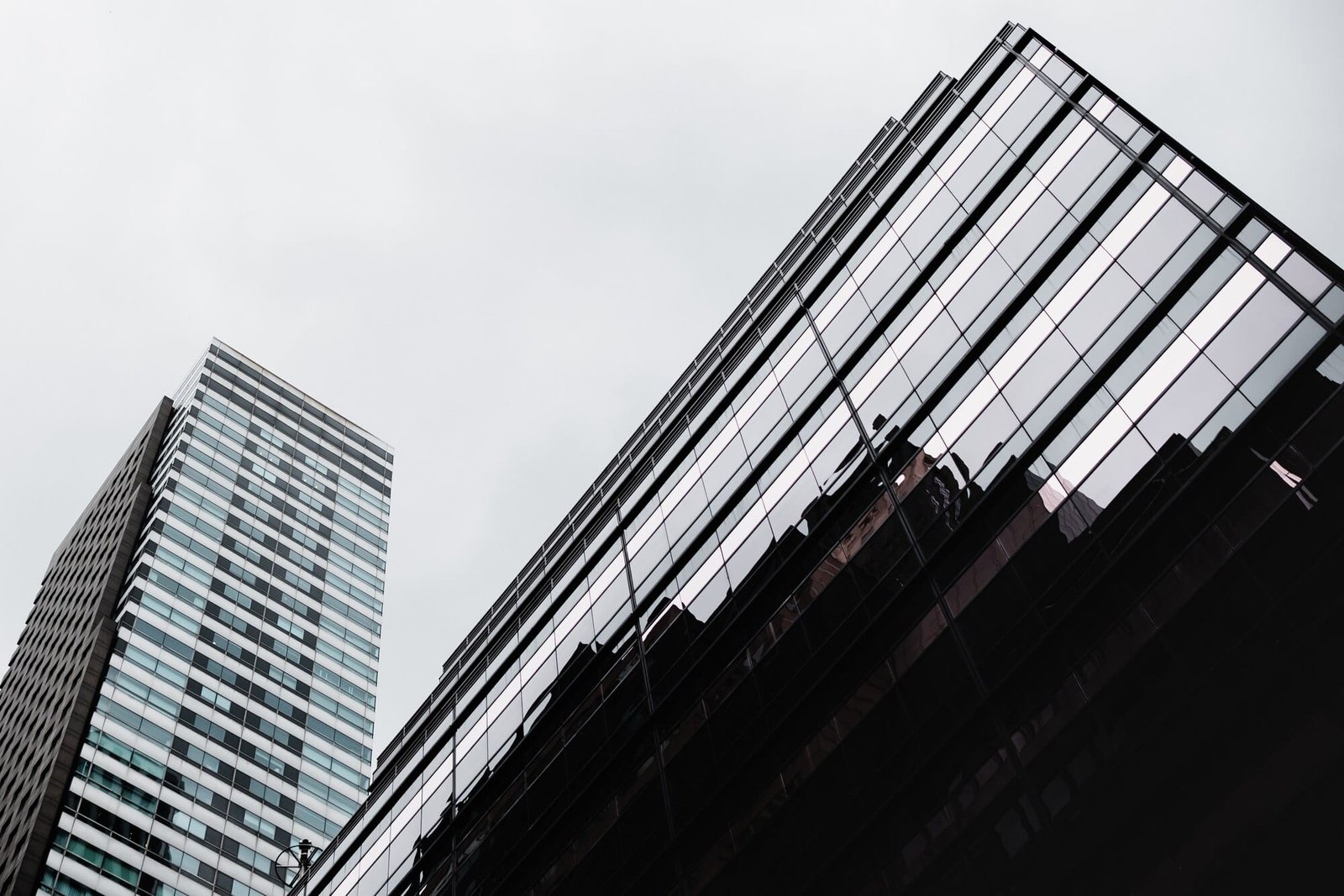With climate change and environmental concerns on the rise, sustainable construction has become more than just a trend—it’s a necessity. Homeowners, builders, and architects are seeking ways to reduce carbon footprints, lower energy consumption, and create healthier living spaces. One of the most effective ways to achieve this is by using sustainable building materials to construct eco-friendly homes.
At VMC Group, we are committed to sustainable construction practices, integrating high-quality, energy-efficient, and environmentally friendly materials into every project. In this guide, we’ll explore the key principles of eco-friendly home construction, the best sustainable materials to use, and the benefits of building green.
What Makes a Home Eco-Friendly?
An eco-friendly home is designed to minimize environmental impact while maximizing energy efficiency, resource conservation, and indoor air quality. Key features of a sustainable home include:
- Energy efficiency: Reduced energy consumption through smart design, insulation, and renewable energy sources.
- Sustainable materials: Using responsibly sourced, recycled, or low-impact building materials.
- Water conservation: Efficient plumbing systems, rainwater harvesting, and drought-resistant landscaping.
- Healthy indoor air quality: Non-toxic materials and proper ventilation systems to reduce pollutants.
- Waste reduction: Using modular construction, prefabricated components, and recyclable materials.
Step-by-Step Guide to Building an Eco-Friendly Home
Step 1: Choose an Energy-Efficient Design
The foundation of a sustainable home starts with smart design. A well-designed home reduces energy needs, maximizes natural light, and optimizes ventilation. Key design elements include:
- Passive solar design: Positioning windows and rooms to maximize sunlight and heat retention in winter while minimizing heat gain in summer.
- High-performance insulation: Using advanced insulation materials to maintain stable indoor temperatures.
- Open floor plans: Reducing the need for excess walls and materials while improving airflow.
Step 2: Use Sustainable Building Materials
Choosing the right materials is critical to creating an environmentally friendly home. Here are some of the best sustainable materials available today:
1. Recycled and Reclaimed Wood
Why Use It?
- Reduces deforestation and landfill waste.
- Provides a unique aesthetic with a rustic or vintage look.
- Often stronger than newly harvested wood.
Best Uses: Flooring, furniture, cabinetry, and structural beams.
2. Insulated Concrete Forms (ICFs)
Why Use It?
- Provides excellent insulation, reducing energy consumption.
- Improves durability and fire resistance.
- Reduces noise pollution inside the home.
Best Uses: Walls and foundations for high-energy-efficiency homes.
3. Hempcrete
Why Use It?
- Highly breathable and prevents mold and moisture buildup.
- Sequesters carbon dioxide, making it a carbon-negative material.
- Provides natural insulation and fire resistance.
Best Uses: Wall construction and insulation.
4. Recycled Steel
Why Use It?
- Uses 75% less energy to produce compared to new steel.
- Highly durable and resistant to pests, fire, and extreme weather.
- Supports a circular economy by reducing waste.
Best Uses: Framing, roofing, and support beams.
5. Solar Roofing and Cool Roofs
Why Use It?
- Reduces energy costs by generating electricity from sunlight.
- Reflects heat, keeping homes cooler in warm climates.
- Qualifies for tax incentives and rebates in many regions.
Best Uses: Roof shingles, tiles, or coatings for energy-efficient homes.
Step 3: Optimize Energy Efficiency
To maximize an eco-friendly home’s performance, energy efficiency should be prioritized in every aspect of construction. Essential energy-saving features include:
- Triple-glazed windows: Reduces heat loss and prevents drafts.
- LED lighting: Uses up to 80% less energy than incandescent bulbs.
- Energy-efficient HVAC systems: Minimizes heating and cooling energy consumption.
- Smart home technology: Automates lighting, heating, and cooling to optimize energy use.
Step 4: Incorporate Water-Saving Solutions
Water conservation is a key aspect of sustainable home design. By implementing water-saving solutions, homeowners can reduce utility bills and minimize environmental impact.
Best Water Conservation Features:
- Low-flow fixtures: Reduces water consumption in showers, toilets, and faucets.
- Rainwater harvesting: Captures and stores rainwater for irrigation and household use.
- Greywater recycling: Reuses wastewater from sinks and showers for landscaping.
Step 5: Reduce Construction Waste
Eco-friendly homes should be built with minimal waste. Strategies to reduce construction waste include:
- Prefabrication: Using factory-made components to reduce on-site waste.
- Recycling materials: Salvaging wood, metal, and concrete for reuse.
- Efficient material planning: Reducing over-ordering and cutting waste.
Why VMC Group is a Leader in Eco-Friendly Home Construction
At VMC Group, we specialize in building high-performance, energy-efficient, and environmentally responsible homes. Our approach integrates:
- Cutting-edge sustainable materials for maximum efficiency.
- Expert craftsmanship to create durable, long-lasting structures.
- Custom green solutions tailored to each project’s needs.
Our commitment to sustainability ensures that every home we build is a step towards a greener future.
Conclusion: A Greener Future Starts with Smart Choices
Building an eco-friendly home with sustainable materials is not just about reducing environmental impact—it’s about creating a healthier, more efficient, and cost-effective living space. With the right materials, smart design choices, and energy-efficient technologies, you can build a home that benefits both the environment and your lifestyle.
Read: Top 5 Energy-Efficient Building Materials to Use in Your Next Project
At VMC Group, we are dedicated to bringing sustainable construction to the forefront. Whether you’re planning a new eco-friendly home or looking to upgrade an existing one, we have the expertise and materials to make it happen.
Ready to build a greener future? Contact VMC Group today to learn how we can help you create an energy-efficient, sustainable home tailored to your needs.



